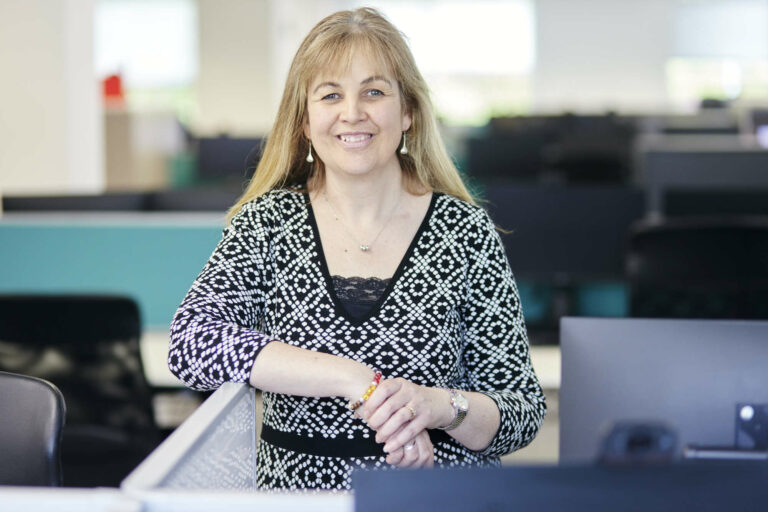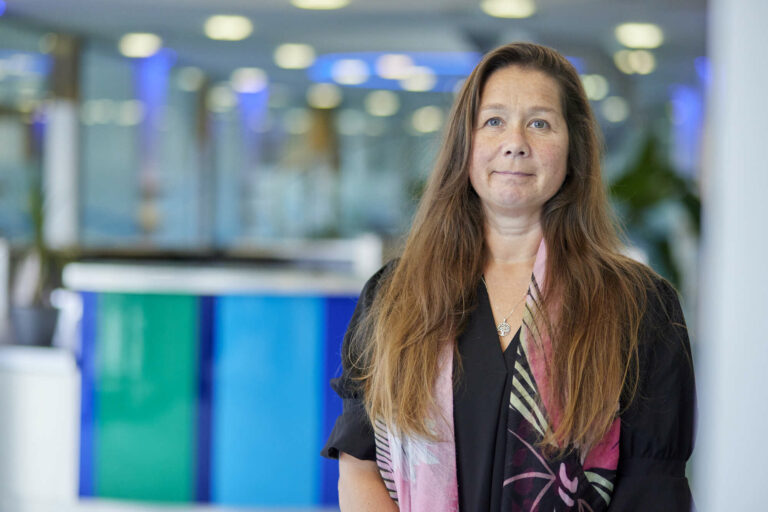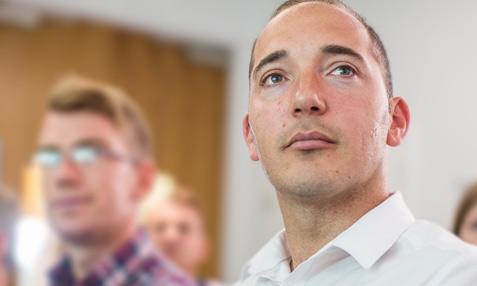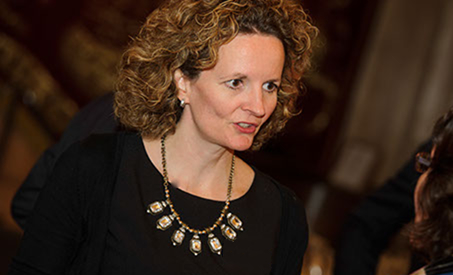May is melanoma and skin cancer awareness month and as many of us are already planning, or in some cases already taking, holidays abroad in the sun now is a good time to think about prevention and be aware of the most common signs of skin cancer. It is now one of the most common cancers in the world. There are two types of skin cancer: melanoma and non-melanoma skin cancer. If caught early, skin cancer can usually be cured.
What is melanoma?
Melanoma is a form of skin cancer, the main cause of which is UV light which we get from the sun. UV light is also used in sunbeds which makes using these just as risky as natural sunbathing.
Melanoma often presents as a new mole or a change in an existing mole and can occur anywhere on your body, although more commonly found in those areas of skin which have more exposure to the sun. A normal mole is usually round with smooth edges and are generally only 1 colour. Melanomas often have an uneven shape with a mix of 2 or more colours. Sometimes there may be 2 different shaped halves and sometimes they may have uneven edges. Melanomas can spread to other parts of the body
What is non-melanoma skin cancer?
This is the more common type of skin cancer which develops in the upper layers of the skin. There are approximately 147,000 new cases diagnosed each year in the UK and tends to affect more men than woman. It is also more common in the elderly. The first sign is usually a lump or a discoloured patch of skin that persists and can slowly develop over months or years. It can be flat and scaly, or else it can be a red, firm lump which can develop into an ulcer. It is usually seen on areas regularly exposed to the sun such as the face, ears, hands, shoulders, upper chest and back.
The more common types of non-melanoma skin cancer are basal cell carcinoma or BCC, which does not usually spread to other parts of the body, and squamous cell carcinoma or SCC, which can spread to other parts of the body, such as the lymph nodes, although the risk is low. BCC is very treatable, accounts for 80% of all skin cancer and is rarely fatal. SCC is also very treatable when detected early, but if left untreated can destroy nearby health tissue, spread to other parts of the body and may be fatal in some cases.
Prevention and when to seek help
Sunscreen, particularly with a high factor preventing UV light getting through to the skin, can help to prevent skin cancer especially if applied regularly throughout the day. The best prevention is to cover any exposed skin area (for example wearing a hat to cover the face, or long sleeves on the arms) whilst out in the sun and of course to be careful whenever in the sun, avoiding times when the sun is at its strongest, such as midday to mid-afternoon. Some people are more susceptible to skin cancer than others, and factors can include your age, if you have pale skin, have many moles on your body, or if you have a family history of skin cancer. These people should exercise even more care when out in the sun.
It is very important to check your skin regularly to pick up any unusual changes, using a mirror to see areas that difficult to check or asking a partner, family member or friend to check for you. You should go and see a doctor if you spot any of the following: –
- Changes in the appearance of a mole
- Skin changes after a mole has been removed
- Itchiness and oozing from a mole or skin lesion
- Have a pink or red bump which doesn’t go away over time
- Have scaly patches of skin which may or may not be discoloured even if using moisturiser
- Vision problems such as blurry vision or floaters
- Changes in your nails, such as a dark spot or streak below the nail
Delays in diagnosis – how we can help
Whilst GPs are usually very good at offering mole removal or making a referral to a dermatologist for any suspicion of skin cancer, there are occasions when a GP will miss the “red flag” signs and offer reassurance that things are normal. In other cases a GP may be delayed in making referrals which cause the cancer to progress. The earlier skin cancer is caught, the more treatable it is, and the less likely it is to spread.
Sometimes fault lies with dermatologists who might diagnose skin cancer correctly, but mis-identify what type of skin cancer it is. For example, one of our clients was diagnosed with a basal cell carcinoma on her forehead when she had, in fact, a squamous cell carcinoma. Although both need treatments, SCC is more serious and therefore requires more urgent treatment. As our client was diagnosed with a BCC, she was placed on a waiting list for removal of her lesion instead of being urgently referred. By the time she was seen, and her skin cancer correctly diagnosed, because it was left untreated the SCC grew deeper into her skin, and invaded into the bones of her frontal skull, requiring much more extensive treatment, and leading to the cancer spreading to different areas of her body.
If you or a loved one has been diagnosed with skin cancer, which you believe should have been diagnosed and treated earlier, an expert from our cancer claims team would be happy to have a free, confidential discussion with you to explore ways we can help you. You can call us free of charge on 0800 044 8488 or fill in our form here Contact Us – Enable Law and a member of our team will call you back.



















